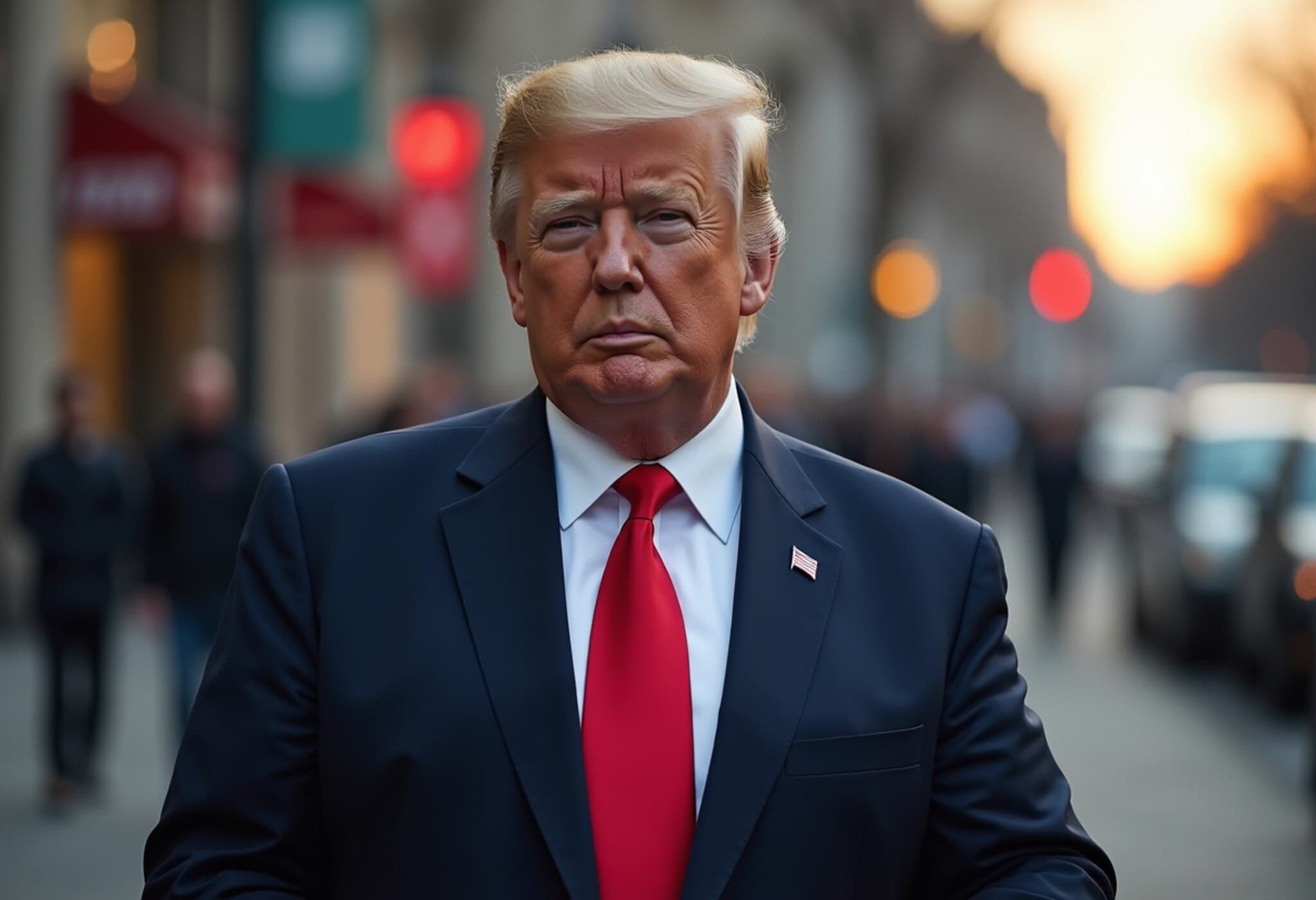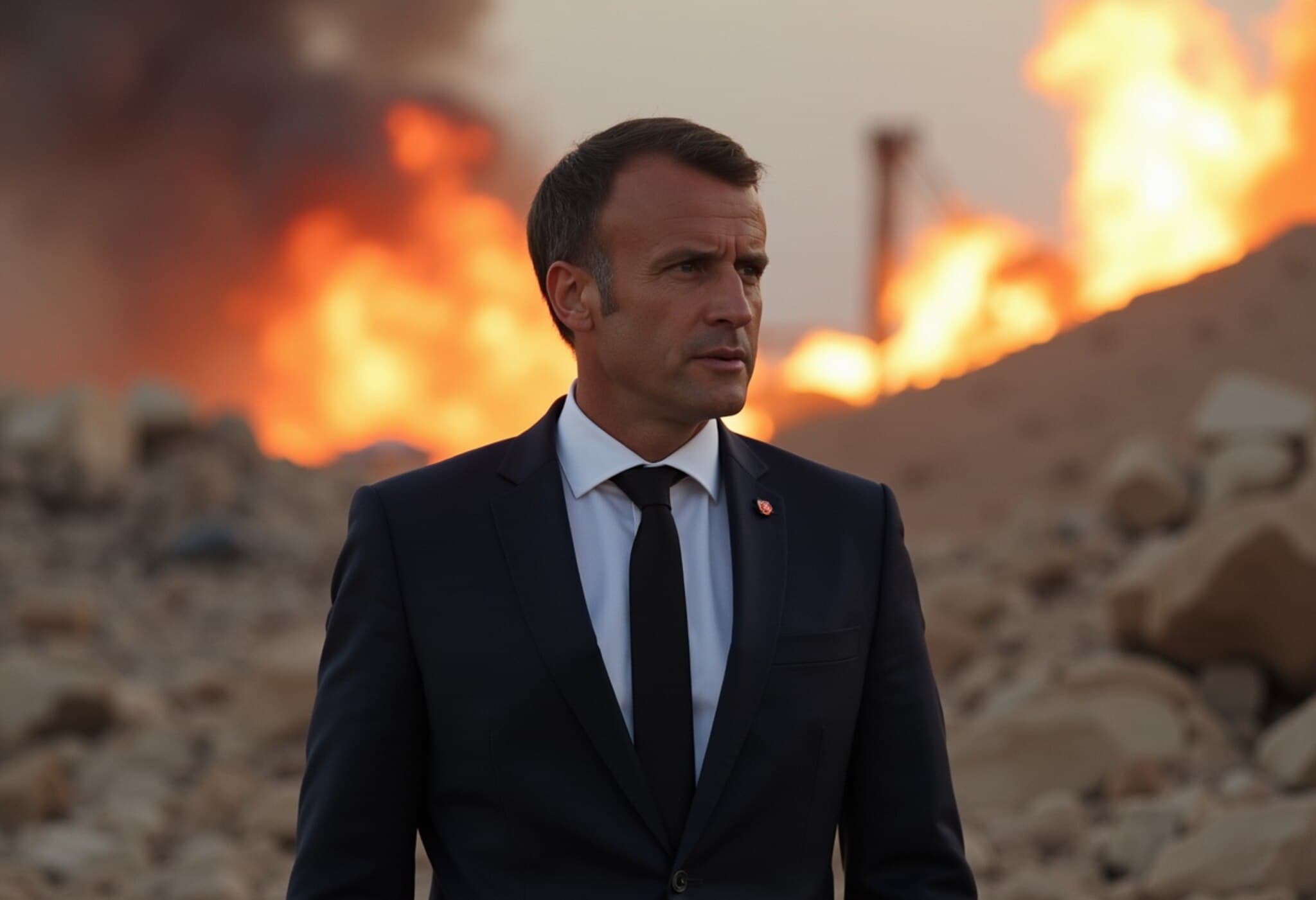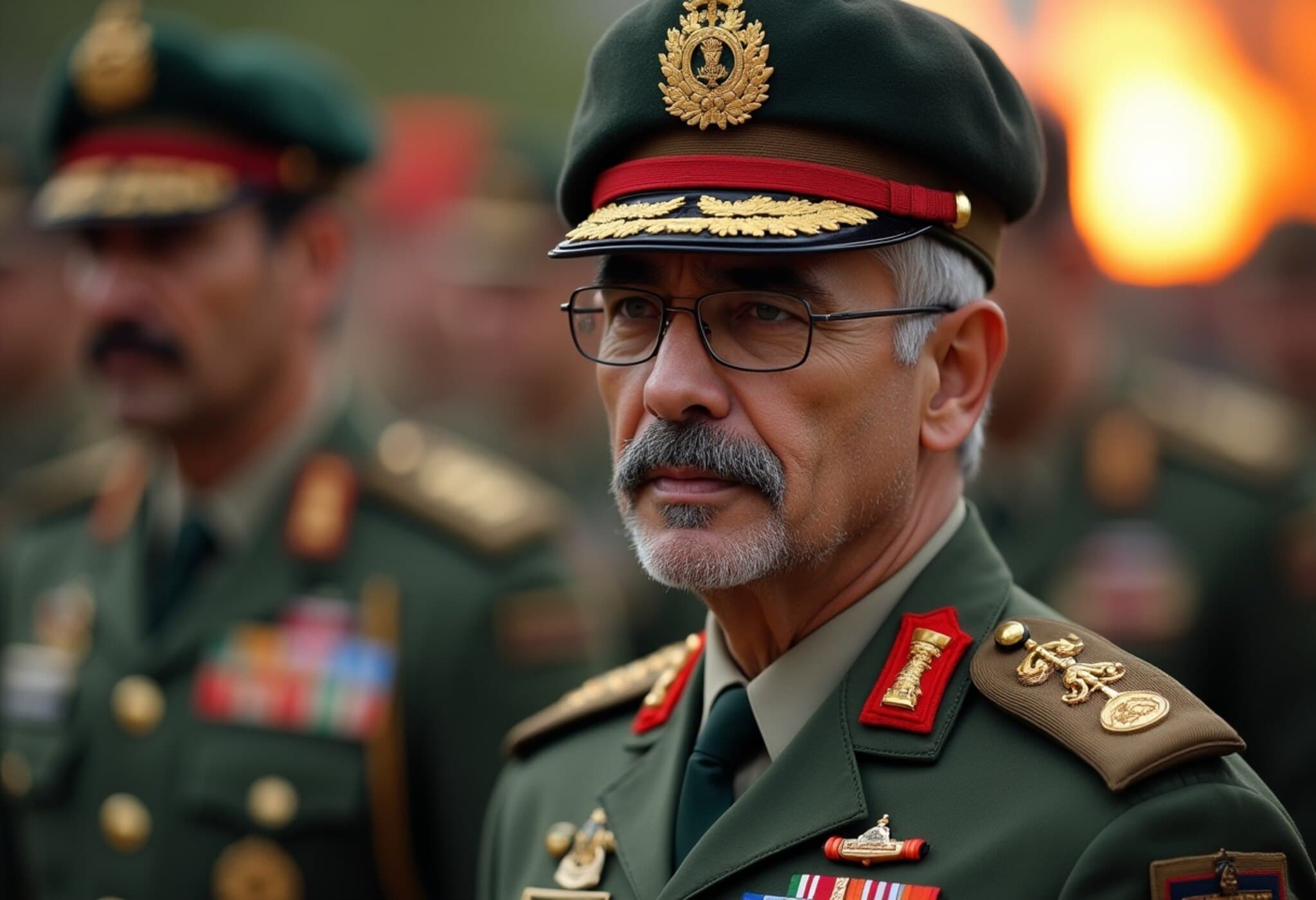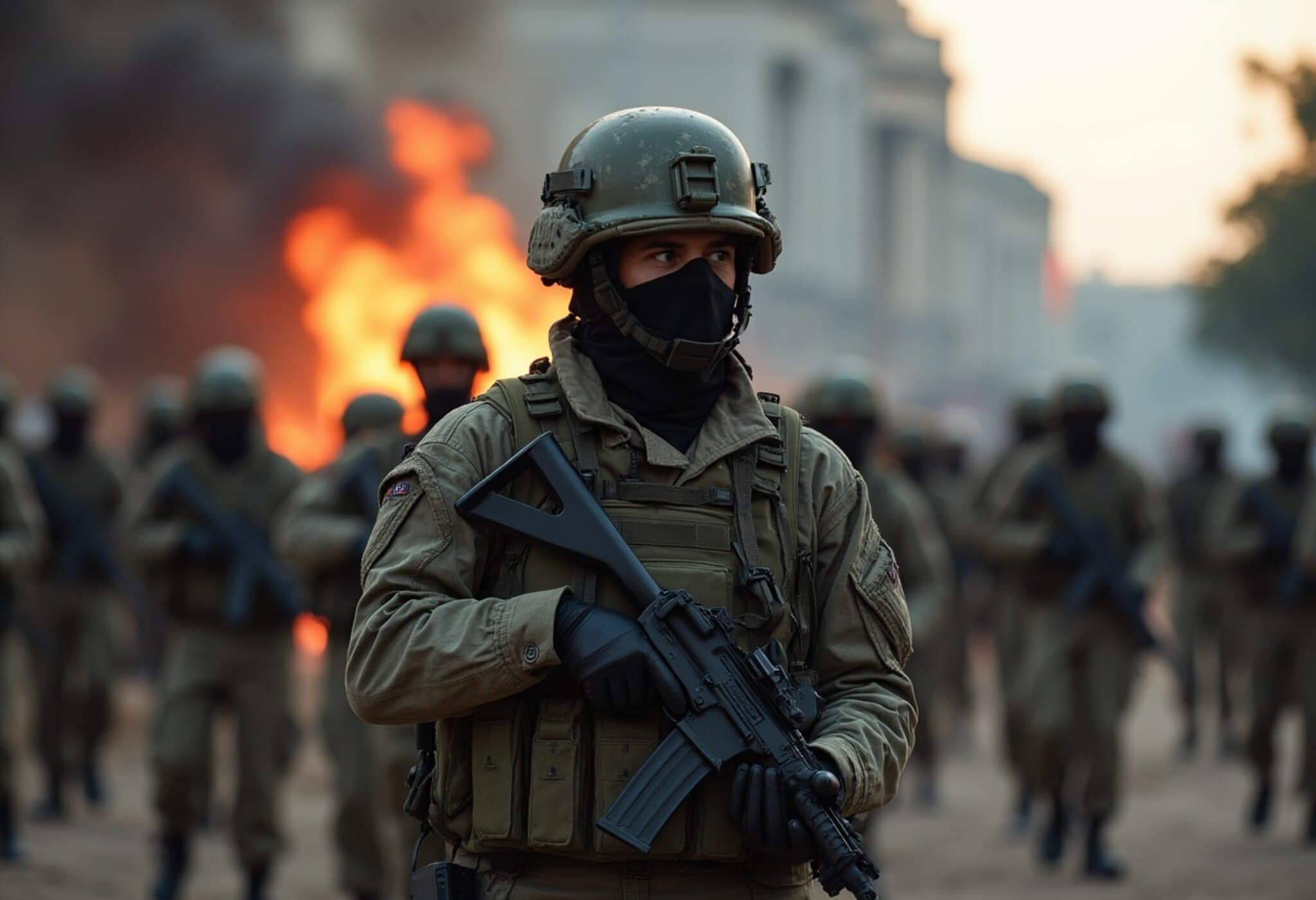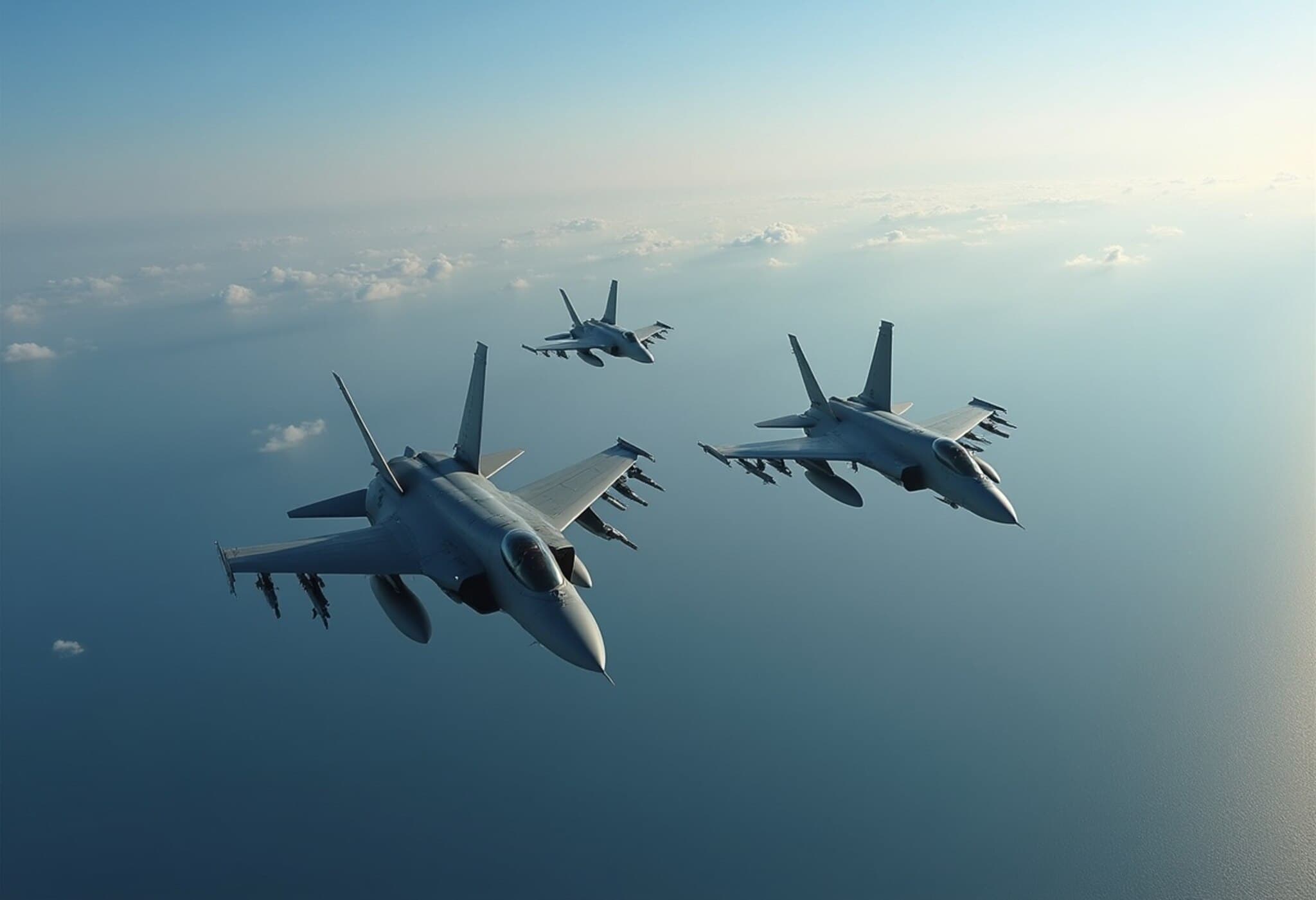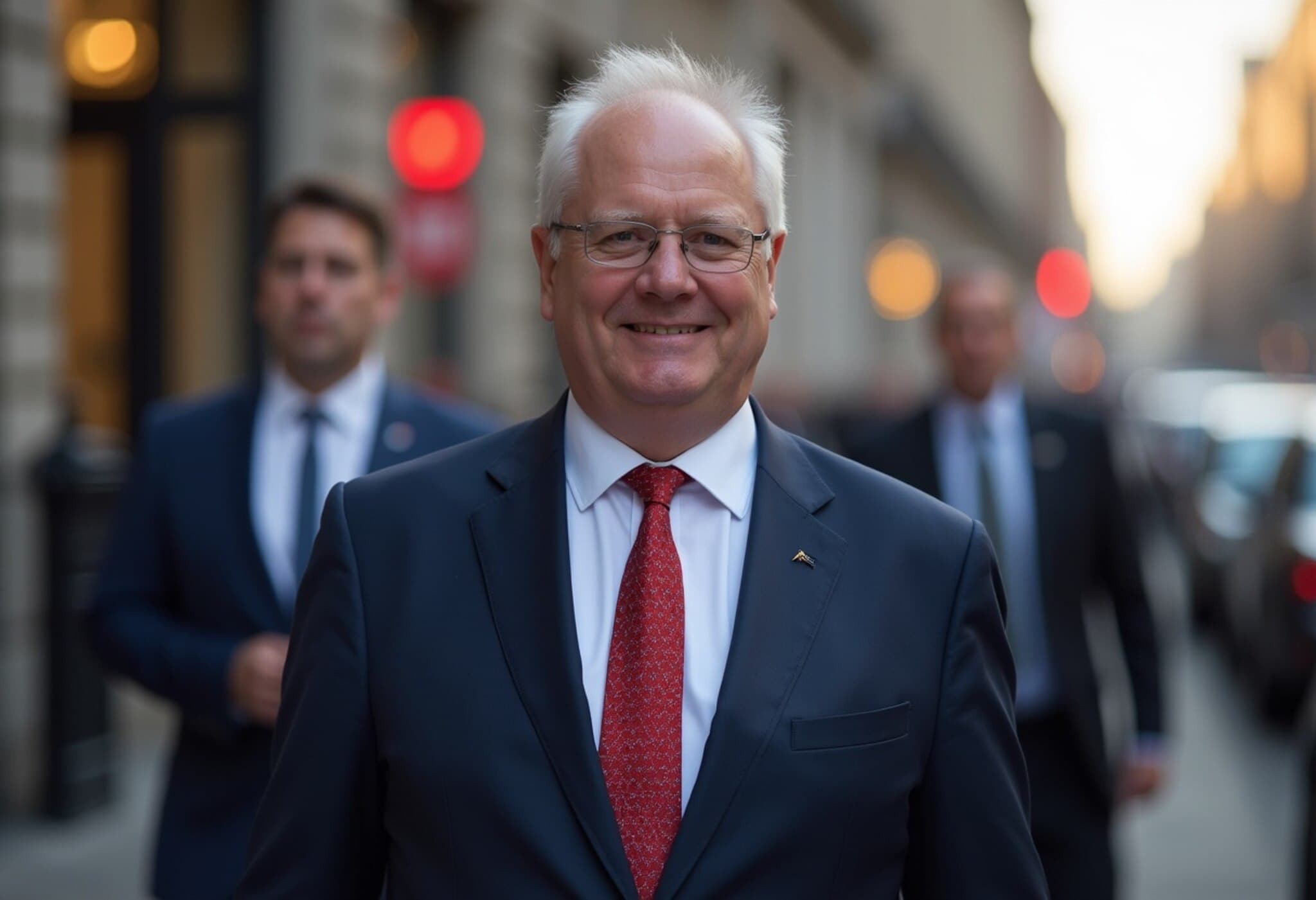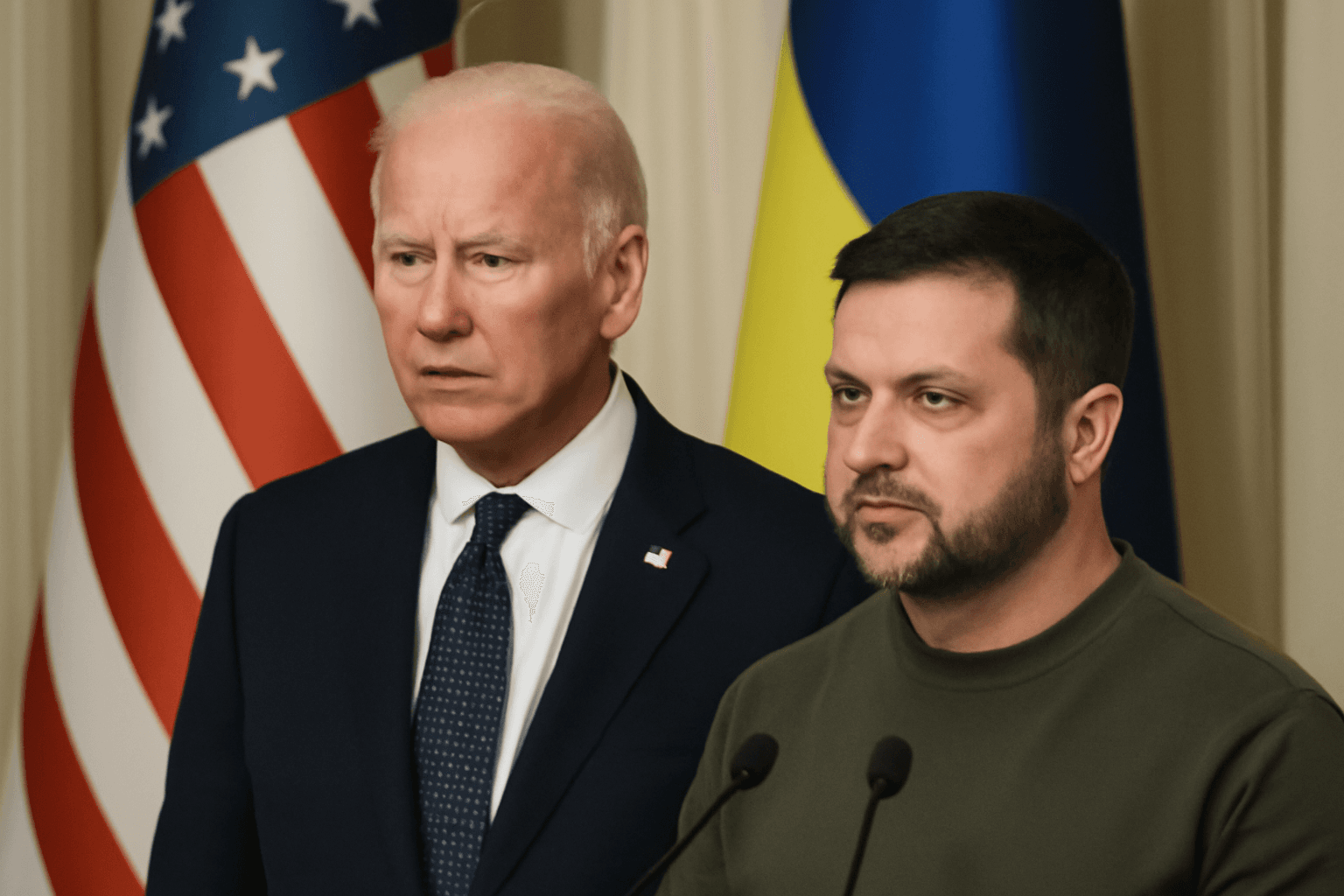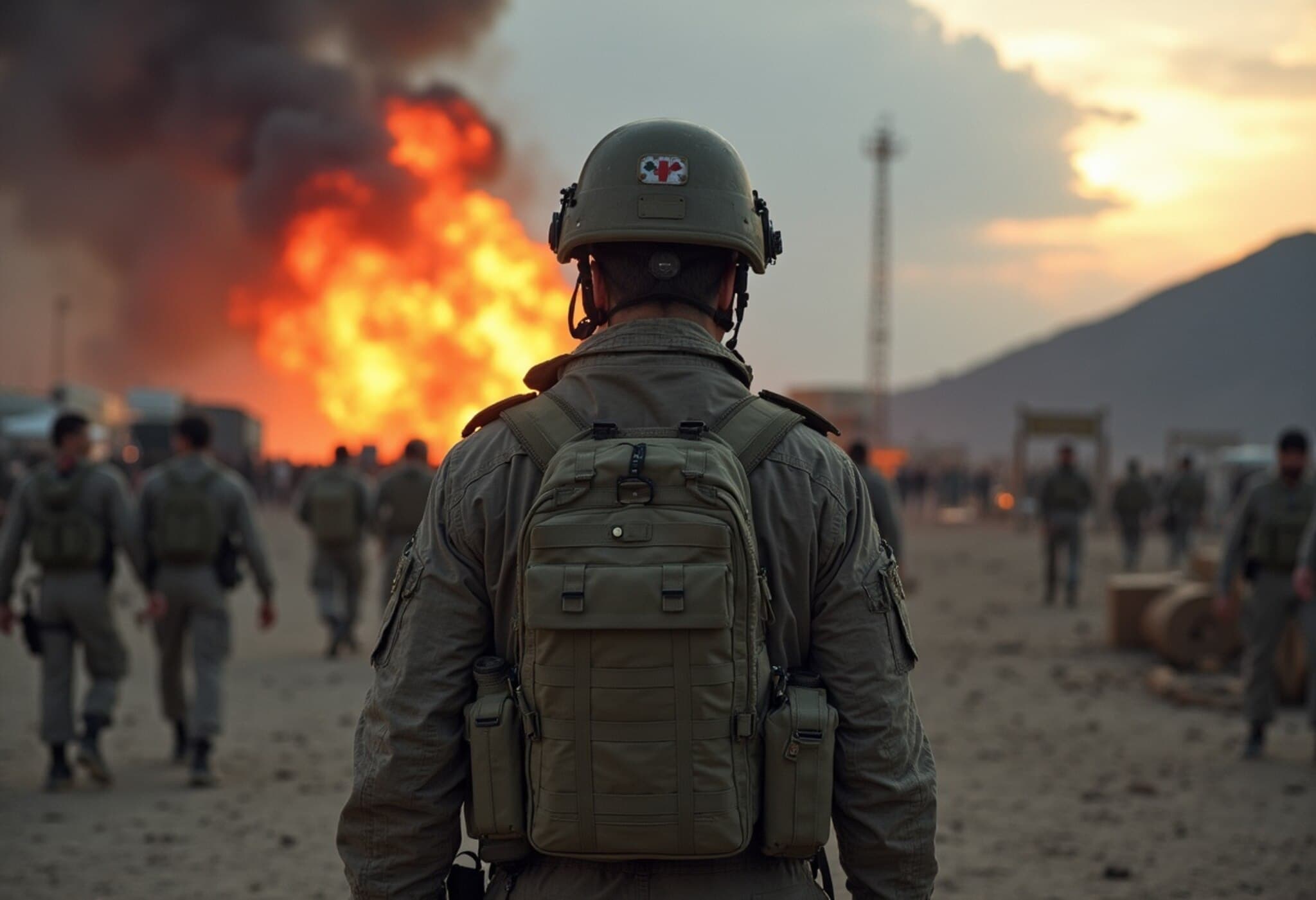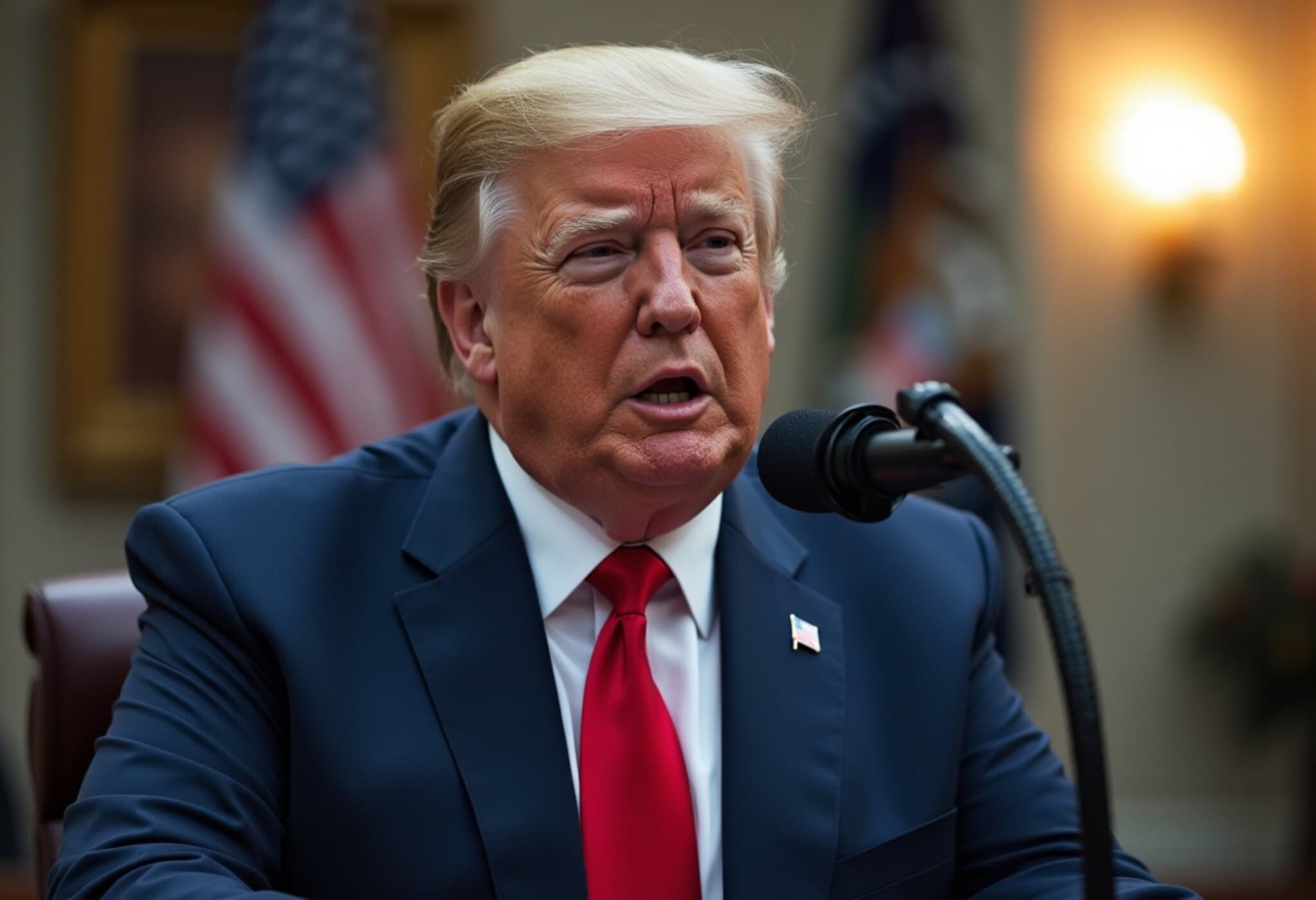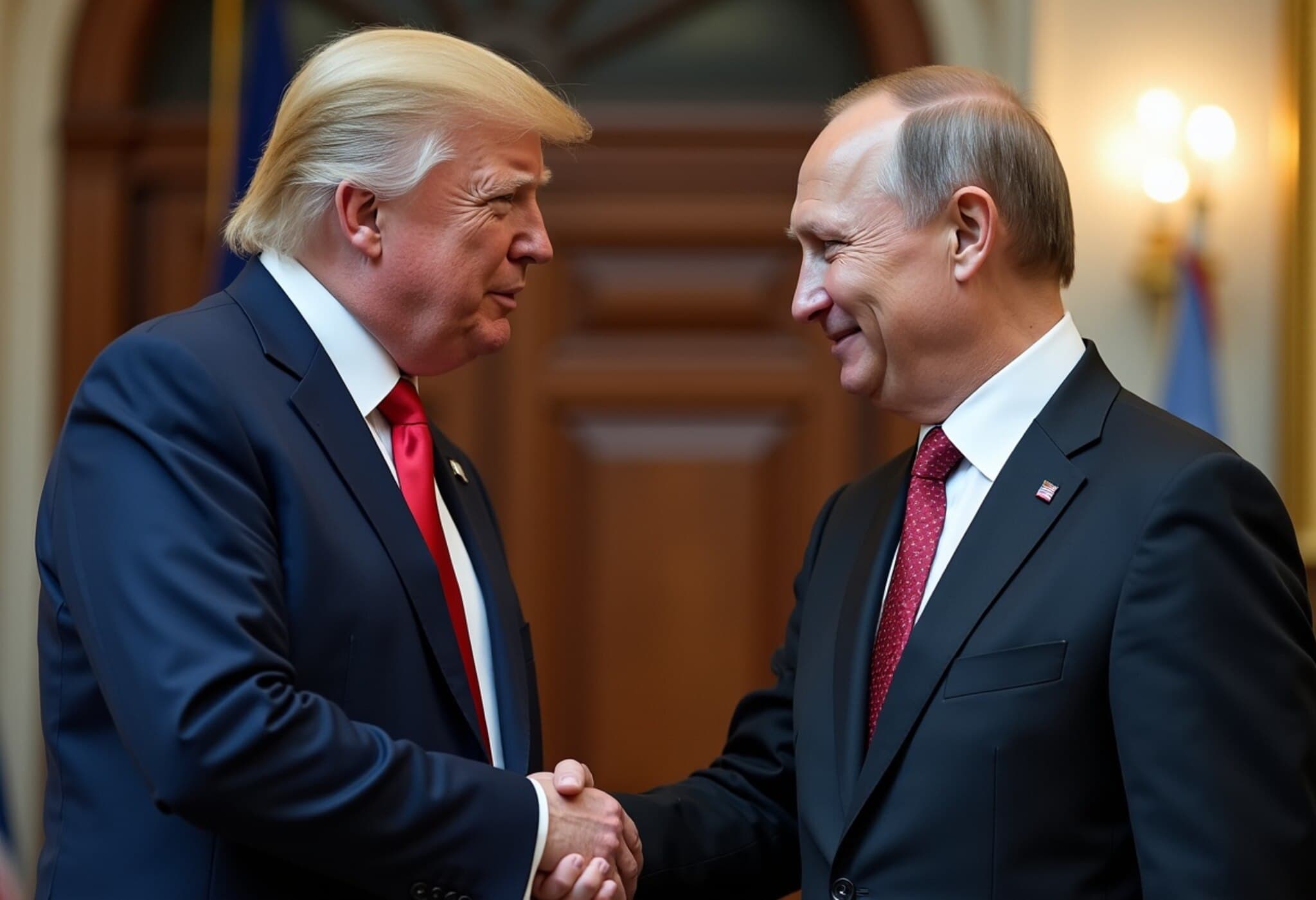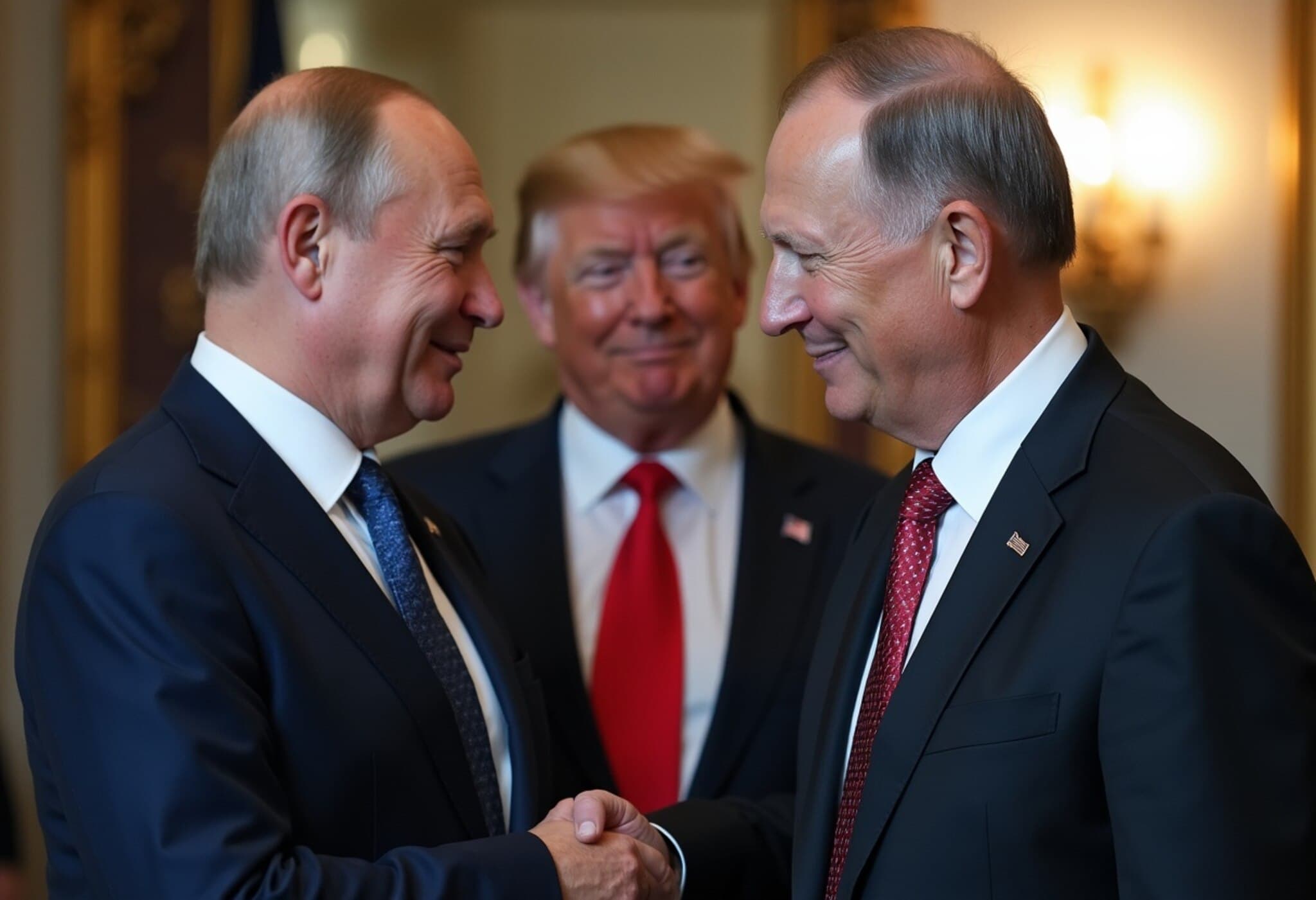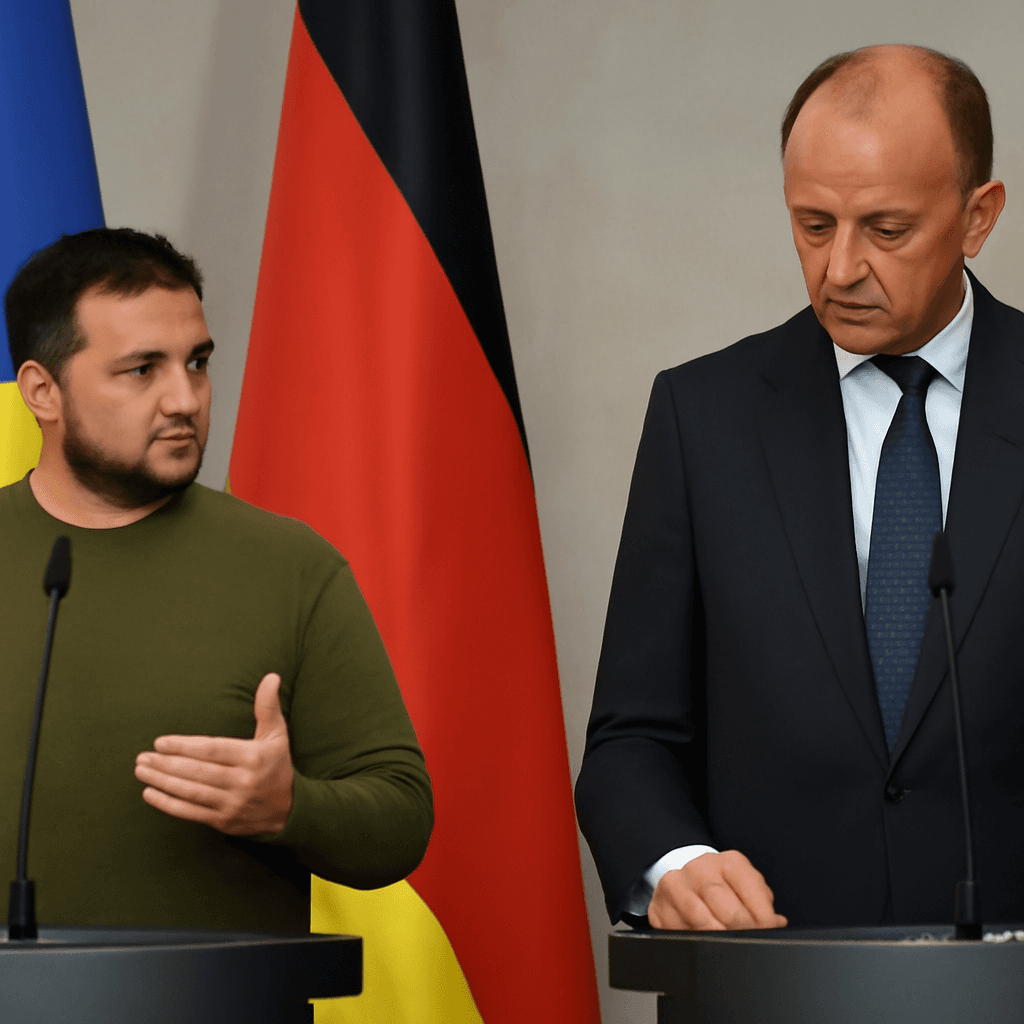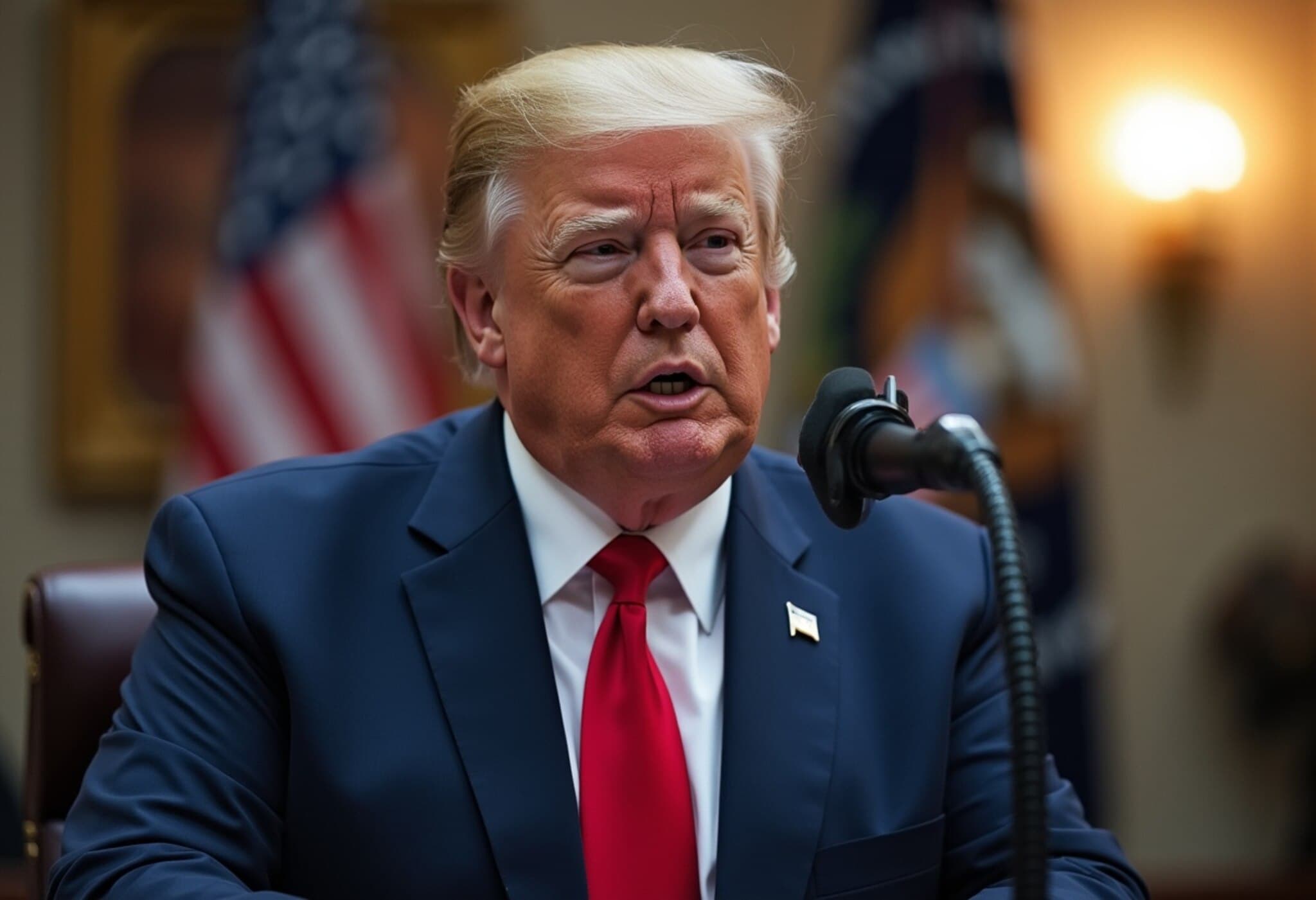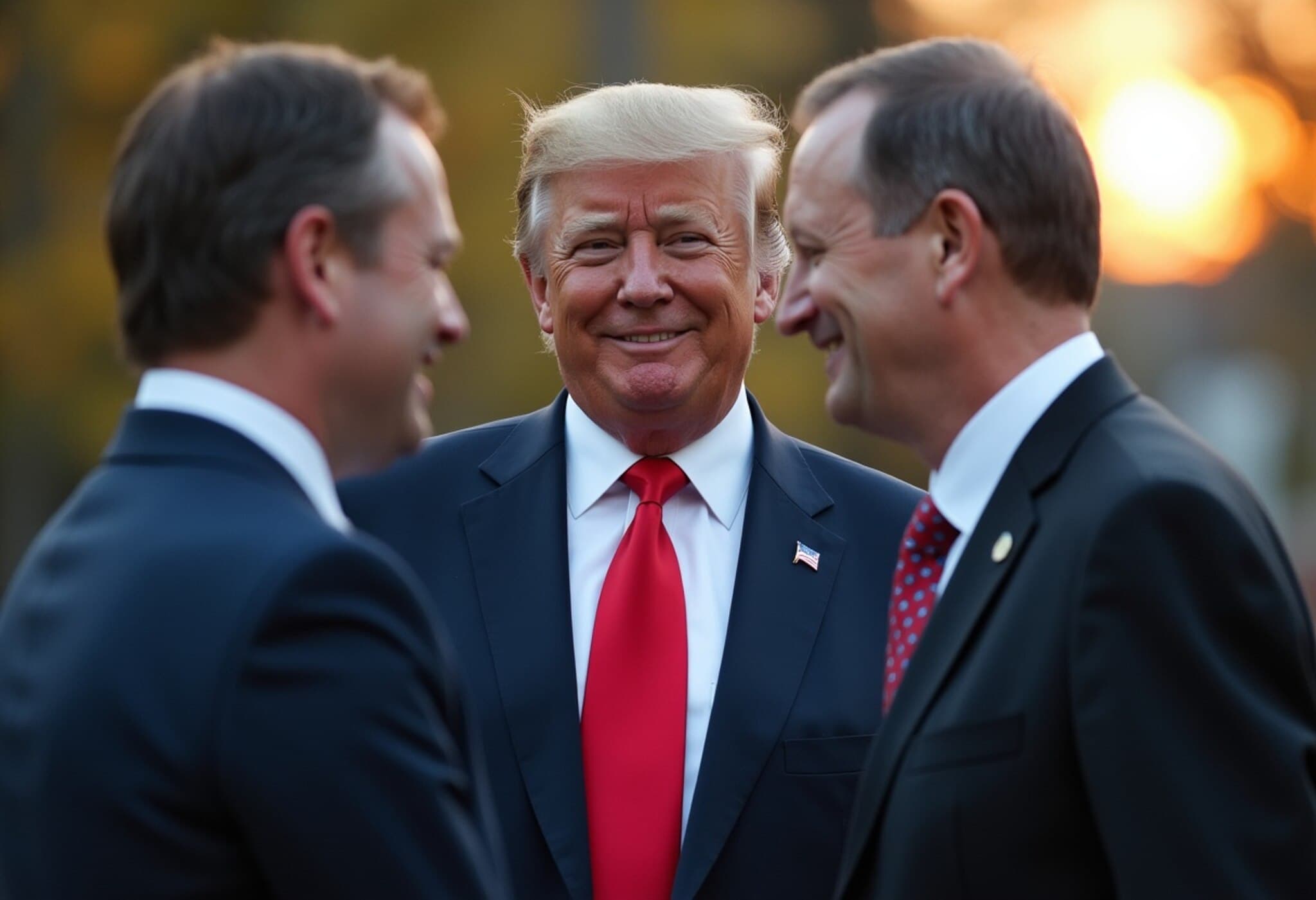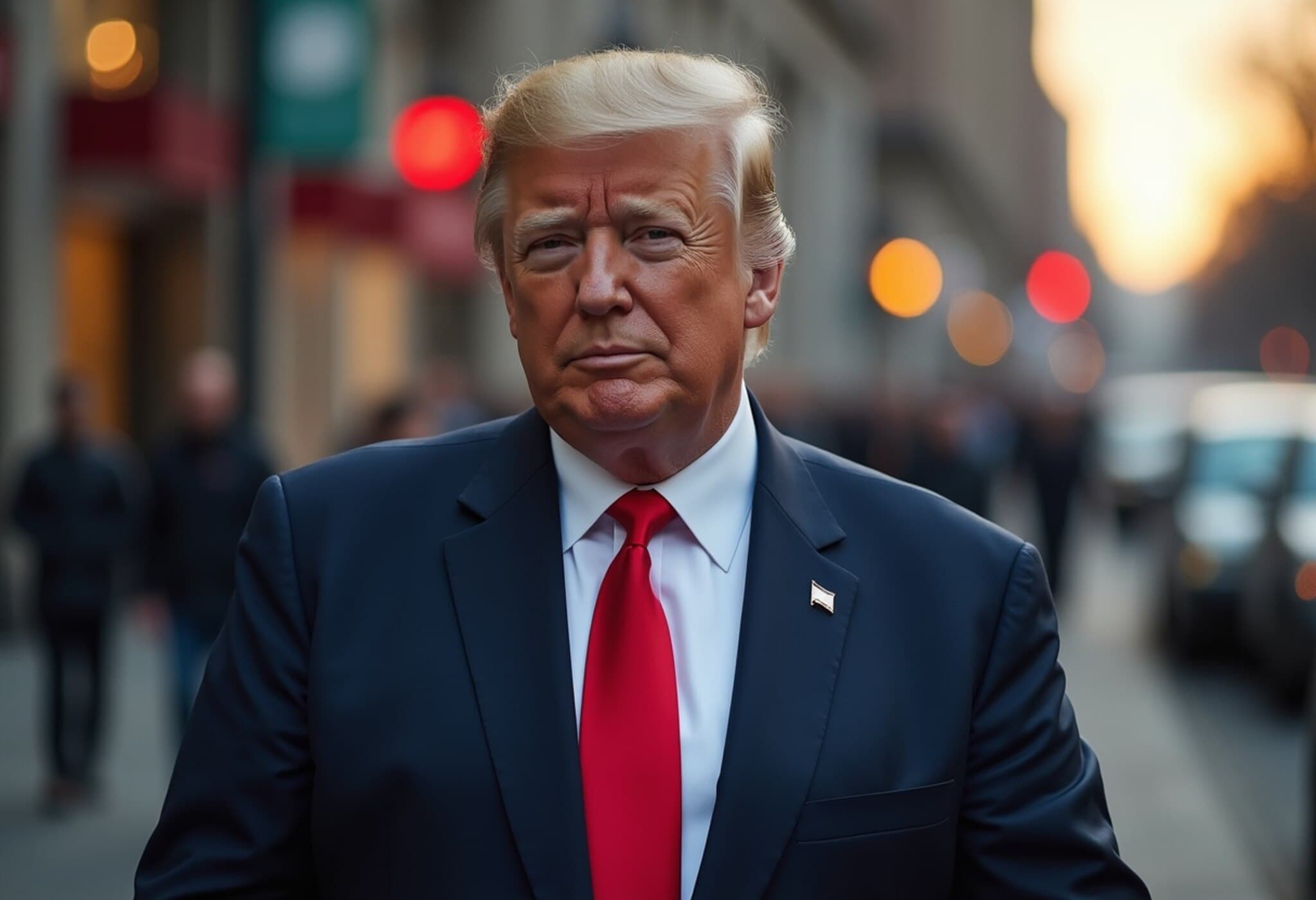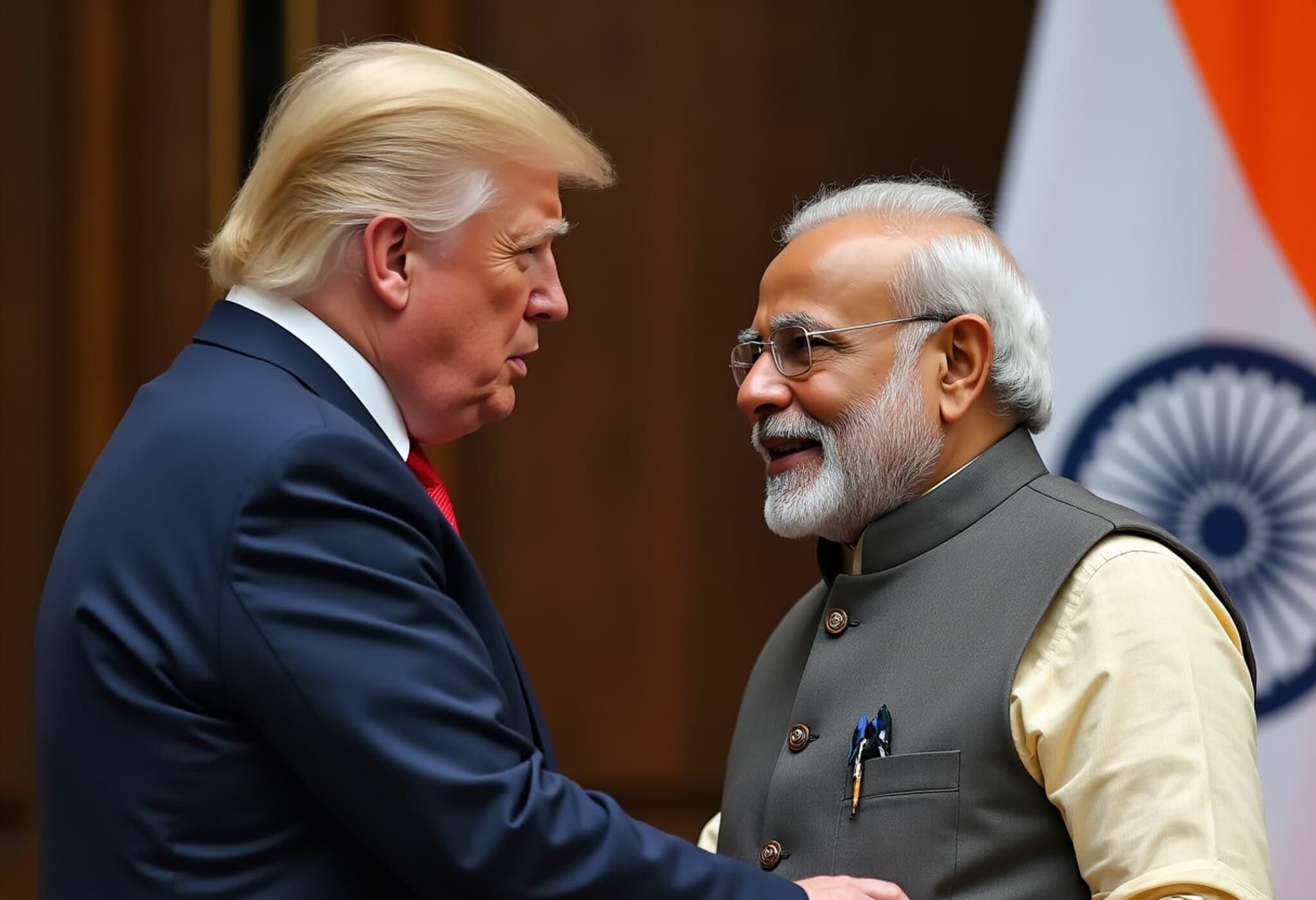Trump Issues Stark Warning with 100% Tariffs on Nations Supporting Russia
In a bold move to pressure Moscow into ending its war in Ukraine, U.S. President Donald Trump announced plans to impose secondary tariffs of up to 100% on countries that continue trading with Russia. Speaking at the White House alongside NATO Secretary-General Mark Rutte on July 15, 2025, Trump expressed frustration over what he described as Russia's stalled progress toward a peace agreement.
"I thought we would have had a deal two months ago," Trump lamented, emphasizing a firm deadline of 50 days for Moscow to cease hostilities. He warned that failure to comply would trigger "very severe tariffs" designed to isolate Russia economically by punishing not just Moscow but its global trade partners.
Kremlin Pushes Back Against Ultimatums
Russian Deputy Foreign Minister Sergei Ryabkov responded cautiously, reiterating Moscow’s willingness to negotiate while firmly rejecting ultimatums. "We are ready to talk, but we do not respond well to ultimatums," Ryabkov said, signaling resistance to being cornered by time-bound threats.
The Kremlin has yet to offer an official reply to Trump's 50-day ultimatum, leaving diplomatic uncertainty hanging as tensions escalate further.
Secondary Sanctions: A Tool to Isolate Moscow
Trump has long advocated for secondary sanctions targeting countries that maintain economic ties with Russia, aiming to sever Moscow's connections to global markets. Drawing on historical precedents, he highlighted trade-driven conflict resolutions such as those involving India-Pakistan and Rwanda–DR Congo as models for success.
Major NATO Arms Deal Bolsters Ukraine’s Defenses
Alongside tariff threats, Trump confirmed a significant arms agreement involving NATO allies supplying Ukraine with advanced US-made Patriot missile systems. These batteries — critical for intercepting Russian ballistic missiles — represent a vital upgrade for Ukraine’s embattled air defenses.
- Countries involved include Germany, Finland, Denmark, Sweden, Norway, the Netherlands, and Canada.
- One unnamed country is reportedly dispatching 17 Patriot systems.
- Billions of dollars worth of military equipment will be rapidly deployed to the frontline.
Rutte stressed that "speed is of the essence," highlighting the urgency of fortifying Ukraine amid soaring attacks. The deal is reportedly structured to balance NATO support while preserving the US military’s own stockpiles.
Escalating Conflict: Russia Amplifies Drone and Missile Strikes
The Ukrainian conflict has intensified sharply, with Russia unleashing hundreds of Iranian-designed suicide drones along with increased cruise and ballistic missile strikes targeting both civilian and military infrastructure. According to the United Nations Human Rights Monitoring Mission, June 2025 witnessed a staggering surge in civilian casualties—the deadliest month in over three years—with 232 fatalities and 1,343 injuries.
Ukraine’s air defenses remain resilient, reportedly intercepting roughly 70% of incoming threats. However, the sheer volume means many drones and missiles nonetheless penetrate defenses, causing significant damage.
The UN highlighted a tenfold rise in Russian drone and missile activity in June 2025 compared to the previous year, underscoring the war’s escalating brutality and humanitarian toll.
Expert Insight: A Complex Geopolitical Chessboard
From a policy analyst’s perspective, Trump's tariff threat represents a high-stakes gamble that could reshape international trade alliances and diplomatic relations, especially as many Russian allies weigh the economic consequences against geopolitical loyalties. The U.S. strategy aims to fracture Moscow’s support network through economic pressure, but risks spurring countermeasures that complicate global markets.
Moreover, the NATO arms deal signals an intensification of Western military support to Ukraine, raising questions about how long the conflict may prolong and the broader risks of regional escalation. For American policy, balancing robust aid with avoiding a broader confrontation remains a delicate tightrope.
Looking Ahead: The Clock is Ticking
As the 50-day deadline looms, key questions remain:
- Will Moscow engage seriously with peace talks under mounting economic pressure?
- How will Russia's allies respond to the specter of crippling tariffs?
- What impact will increased NATO military support have on the conflict’s trajectory?
- How might these developments affect global economic stability and energy markets?
The coming weeks could prove pivotal — not only for Ukraine’s fate but for the broader international order grappling with war, diplomacy, and economic warfare entwined like never before.
Trump's announcement of 100% secondary tariffs marks a watershed moment in international efforts to end the Ukraine conflict. While economic isolation aims to pressure Russia indirectly, the approach raises complex questions about its efficacy, the potential for global economic backlash, and the risks of escalating geopolitical tensions. Observers should watch closely how Moscow and its allies respond, and how NATO's enhanced military support influences the war’s course. This evolving situation underscores the intricate balance between economic leverage and diplomatic negotiation in modern conflict resolution.

